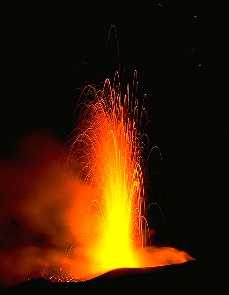This photograph shows a fountain of liquid magma during the eruption of Stromboli volcano in Italy.
Click on image for full size
Image from Dr. J. Alean, Eglisau, Switzerland
For more information, images and video about Stromboli volcano see Stromboli On-Line.
Extrusive Igneous Rocks
Extrusive igneous rocks, or volcanics, are formed when magma makes its way to Earth's surface, erupts or flows above the surface as lava, and then cools forming rock. The lava that erupts onto the Earth's surface can come from different levels of the Earth's upper mantle, between 50 km and 150 km below the surface. It is under high pressure because of the weight of the rocks above and the pressure will allow it to come to the surface if it can find a route up.
When lava erupts onto the Earth's surface, it cools quickly because the temperature above the surface is much lower than below. If the lava cools very quickly, in less than a day or two, there is no time for elements to bond forming minerals. Instead, elements are frozen in place within volcanic glass. Often, lava cools over a few days to weeks and minerals have enough time to form but not time to grow into large crystals. These rocks with tiny crystals are called aphanitic or fine-grained.
Basalt is the most common type of extrusive igneous rock and the most common rock type at the Earth's surface.
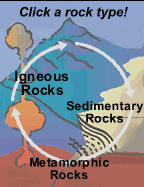
Last modified June 17, 2003 by Lisa Gardiner.
You might also be interested in:
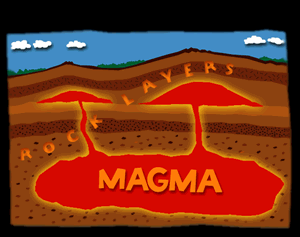
If you could travel to the center of the Earth, you would find that it gets hotter and hotter as you travel deeper. The heat is naturally produced by decay of radioactive elements. Within the Earth’s
...more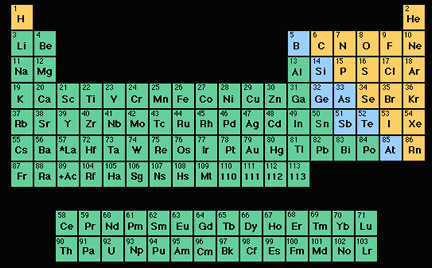
Everything you see around you is made of tiny particles called atoms, but not all atoms are the same. Different combinations of protons , neutrons and electrons make different types of atoms and these
...more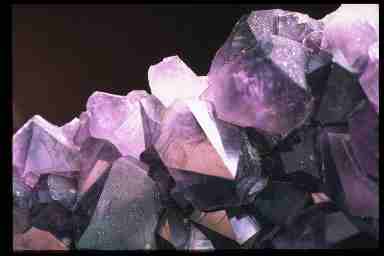
Minerals occur naturally on rocky planets and form the building blocks of rocks. They are non-living, solid, and, like all matter, are made of atoms of elements. There are many different types of minerals
...more
An element (also called a "chemical element") is a substance made up entirely of atoms having the same atomic number; that is, all of the atoms have the same number of protons. Hydrogen, helium, oxygen,
...more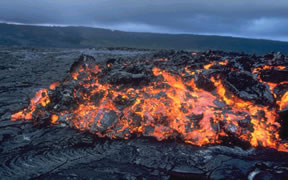
Basalt is a hard, black extrusive igneous rock. It is the most common type of rock in the Earth's crust and it makes up most of the ocean floor. The prevalence of dark minerals such as pyroxene and olivine
...more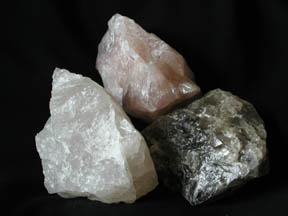
Each type of mineral is made of a unique group of elements that are arranged in a unique pattern. However, to identify minerals you don’t need to look at the elements with sophisticated chemical tests.
...more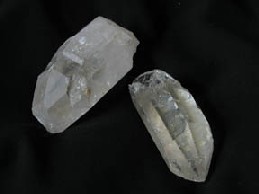
Quartz is the second most common mineral in Earth’s crust. It is a member of the quartz group, which includes less common minerals such as opal, crystobalite, and coesite. Silica (Si) and Oxygen (O) are
...more



